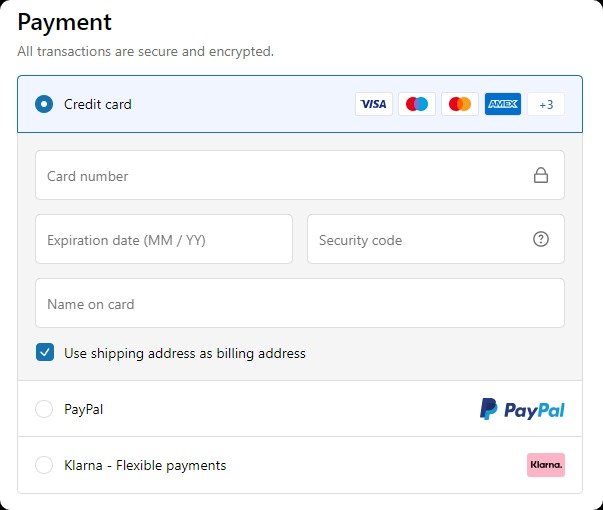The rapidly expanding ecommerce market brings forth both opportunities and challenges for individuals seeking to enhance their market share.
In this article, you will find several powerful ways to increase your market share and online sales. We'll discuss strategies ranging from mobile-commerce to lead generation and quizzes.
1. Focus on Your Current Customers
While driving traffic and growing your customer base is vital for growth, it's also important to keep an eye on existing customers.
Here's what you need to know about customer acquisition cost: it can cost five times more to acquire a new customer than to keep an existing one.
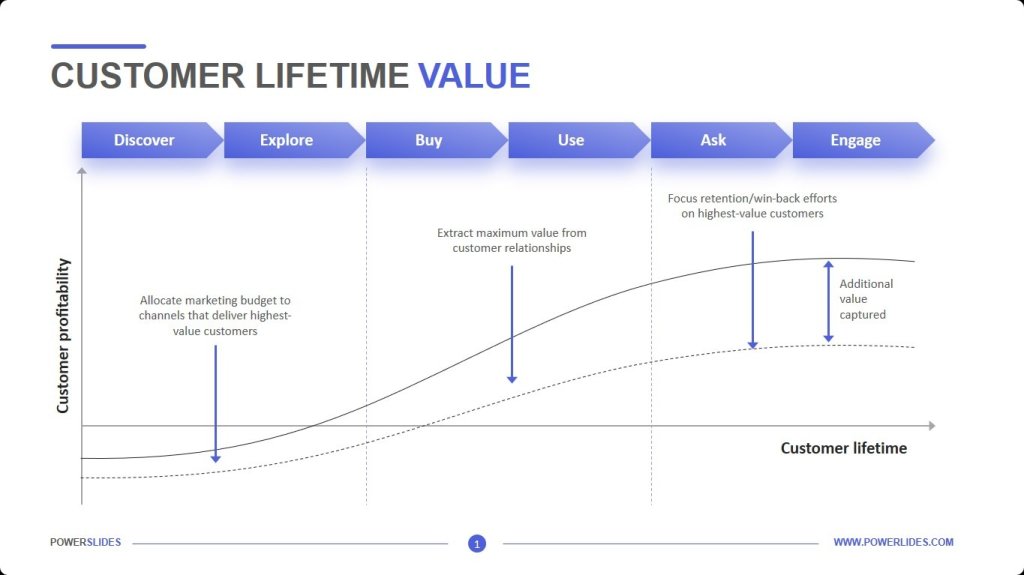
Existing customer base spends more and, if they are happy with your products, they will return to purchase again and might even recommend your store to their social circles.
To enhance customer retention, you can adopt several approaches:
Ensure you're delivering a great product
Provide an excellent customer service and support
Maintain customer relationship
The first two points are critical for customer experience. If your customers are dissatisfied with your product or service, it's very unlikely they will make future purchases.
💡 Use surveys to gain insights into user experience. To increase the survey completion rate, consider running NPS® survey like this one:
Create and embed your NPS® survey using involve.me without writing any code. Grab this template to collect customer feedback on social media platforms.
Pro Tip: If you have satisfied customers who have given you high NPS scores, consider asking them to provide public product reviews. These customers, who are willing to complete your surveys, may also be inclined to publicly advocate for your brand. This article explains the step by step how to build an automated customer review funnel and get more positive reviews.
The last stage is to implement effective customer retention marketing strategies. Strategies like growing an online community around your brand, sending timely sales and marketing material, and running a customer loyalty program can all aid your customer retention efforts.
Create your Own Customer Feedback Surveys
With One of Our 300+ Templates
2. Personalized Product Recommendation Quizzes
Implementing personalized product recommendation quizzes is another useful and strategic approach to boost user engagement and drive conversions for ecommerce brands. These interactive quizzes leverage customer preferences and behavior data to suggest tailored products. This improves customer’s shopping experience and increases the likelihood of purchases.
Sephora is a popular brand that use product quizzes to assess users' skin types, makeup preferences, and style, and then generates personalized product suggestions that cater precisely to individual needs.

You can enhance the personalized experience by creating your own product recommendation quiz or product finders using pre-made templates.
Create Your Own Product Recommendation Quiz
Get Started with 300+ Templates
3. Improve On-Site Experience
The on-site experience is vital for establishing brand identity , improving customer satisfaction, and generating more sales. Optimizing your eCommerce website will involve careful research and the implementation of insightful changes.
There is a generally agreed set of best practices for implementing Conversion Rate Optimization (CRO) strategies. It is known as the CRO Loop.
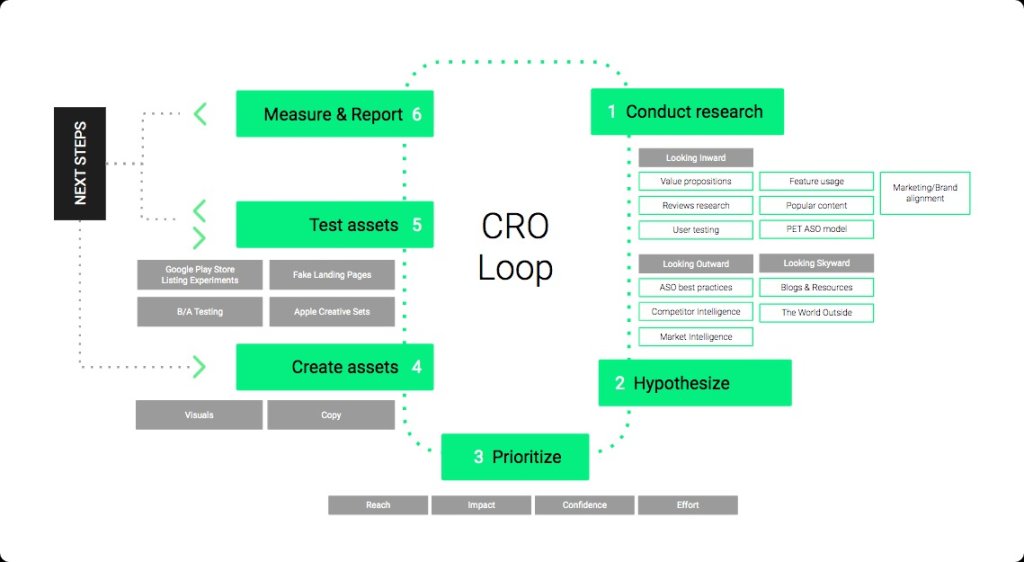
The first stage in the process involves gathering data on the action that site visitors take. You can collect this data through various online tools, such as:
Web analytics tools - with them you can learn about on-site activity. For example, time on page and user flow across pages. Google Analytics is a web analytics tool.
Behavior tools - these help to discover why people take certain on-site actions. Heatmaps, pop-up surveys , and video recording are all examples of behavior analytics tools.
After collecting data on user behavior on your website, the next step is to identify and prioritize any existing issues. For instance, you may uncover a high cart abandonment rate or observe a significant bounce rate on a particular page.
Once you've prioritized your tasks, you need to hypothesize the problem and develop a solution. Typically, the solution will require making aesthetic changes to the website, changing the user interface, or updating product descriptions.
Sometimes it can be all of the above. Finally, you need to run a test using relevant CRO tools and track the results.
Pro Tip: Improving the onsite experience entails simplifying the process for your visitors, such as implementing filters on your website.
4. Analyze Data of Your Target Audience
Customer data plays a vital role when it comes to identify which products and strategies are performing well and which aren't. You can also use customer data to gain insight into your ideal customer persona to develop a long term ecommerce marketing strategy.
Here are some ways you can leverage your insights to your advantage:
For example, knowing who to target with a marketing campaign will likely result in a higher return on investment. That is certainly true for PPC, email campaign, social media marketing, where you need demographic information about who you are targeting.
If you wish to gather data from your new leads, consider creating an interactive quiz that asks relevant questions and keeps visitors engaged on your website for longer periods. Check out this article to find out which quiz type would be most suitable for your online store.

5. Launch Products As a Service
From beauty products to recipe boxes, subscription boxes are a growing trend in eCommerce. Would your customers pay for a monthly box of your products?
Consider implementing a subscription service that for recurring payments, as this can provide a stable cash flow from your loyal customers while simultaneously enhancing online buying experience.
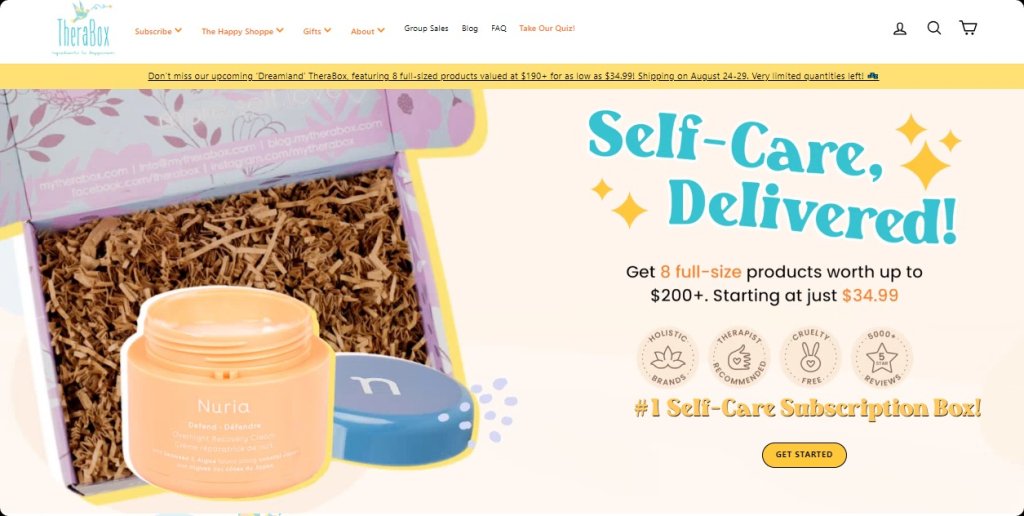
6. Improve Mobile Commerce Performance
According to one report, 76% of customers purchase products with their mobile phone. Ensuring your website and marketing strategy are optimized for mobile shoppers is important for any ecommerce business
Having mobile-friendly landing pages is a good starting point. M-commerce opens up a plethora of opportunities for innovative sales and marketing campaigns. For instance, leveraging mobile apps and optimizing website content for voice searches can greatly enhance search engine optimization.

7. Adopt Multiple Payment Methods
With each passing year, an increasing array of payment options emerges for purchasing products. Digital and mobile wallets have become a significant component of eCommerce transactions. Moreover, alternative payment methods like 'buy now pay later' services such as Afterpay and Klarna are gaining substantial popularity among consumers.
If you're committed to growing your business, offer a range of payment methods for your customers. According to Forbes , one of the top tips for reducing cart abandonment is to offer a minimum of three payment methods to your customers.
Yotti, a UK-based fashion brand, stands out by providing a wide range of payment options to its customers. This comprehensive approach ensures convenience for potential customers, as they have the flexibility to choose their preferred payment method.
8. Introduce Environmentally-Friendly Operations
Consumers are increasingly environmentally conscious, leading to higher customer expectations in terms of sustainability and environmental practices.
Many online shoppers want to know that their products are sustainable, ethical, and have a low carbon footprint. One survey found that 66% of customers are willing to pay more for sustainable goods - a number that has been steadily rising in recent years.
A general rule of thumb for online shoppers is that if an eCommerce companies lack a transparent statement regarding the business's environmental and ethical policies, it often implies that they may not have any such policies in place.
Transparently communicating your stance on environmental issues and practices is key to building a brand identity centered around sustainability.
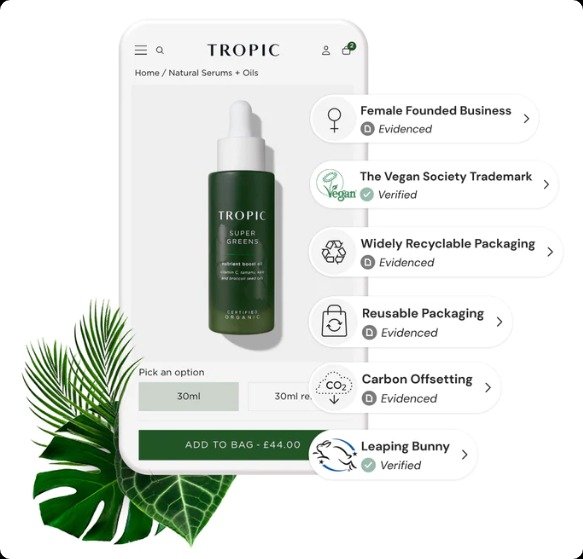
9. Leverage Augmented and Virtual Reality
One of the disadvantages of online shopping is visitors cannot see products in person before purchasing. Augmented reality (AR) and virtual reality (VR), however, give online shoppers an in-store experience from the comfort of their homes.
AR and VR have become popular digital tools for brands like IKEA and Gucci. Both companies have apps that allow customers to see what a product would look like either in their home or on them before they make an online purchase.
10. Influencer Collaborations
Today, influencer collaborations hold immense potential for achieving online business success. Brands can amplify their reach, credibility, and sales by partnering with influential individuals who resonate with their target audience. A prime example of this is the partnership between fashion giant Fashion Nova and social media influencer Kylie Jenner. Jenner's endorsement of a Fashion Nova collection led to a rapid sell-out, catapulting brand visibility and boosting sales.

Conclusion
It is an exciting year for ecommerce platforms.
With the increasing demand from online shoppers and the transformative impact of technology on the way we shop, a multitude of ecommerce growth strategies are available for you to consider and implement for your online business.
This article presents ecommerce strategies to explore in 2025 and beyond. From leveraging disruptive technologies to integrating multiple payment options, these tips are guaranteed to help you improve marketing efforts and target customers effectively.
Achieving ecommerce success is a journey that requires time and effort. The good news is you are already on the right track towards attaining your goals in the ecommerce realm.
Interactive Content
300+ Editable Drag & Drop Templates
Author
Allie is the Head of Content at Omniscient, a marketing agency that works with SaaS brands. Before working with Omniscient, she spent 5 years as a freelance writer and then joined the content team at HubSpot where she worked for nearly 3 years. She has contributed to more than 100 high-converting articles for HubSpot and collaborated with the folks at Entrepreneur, Hotjar, and Foundr. Her words are bookmarked by entrepreneurs, small business owners, and digital marketing agencies worldwide.











